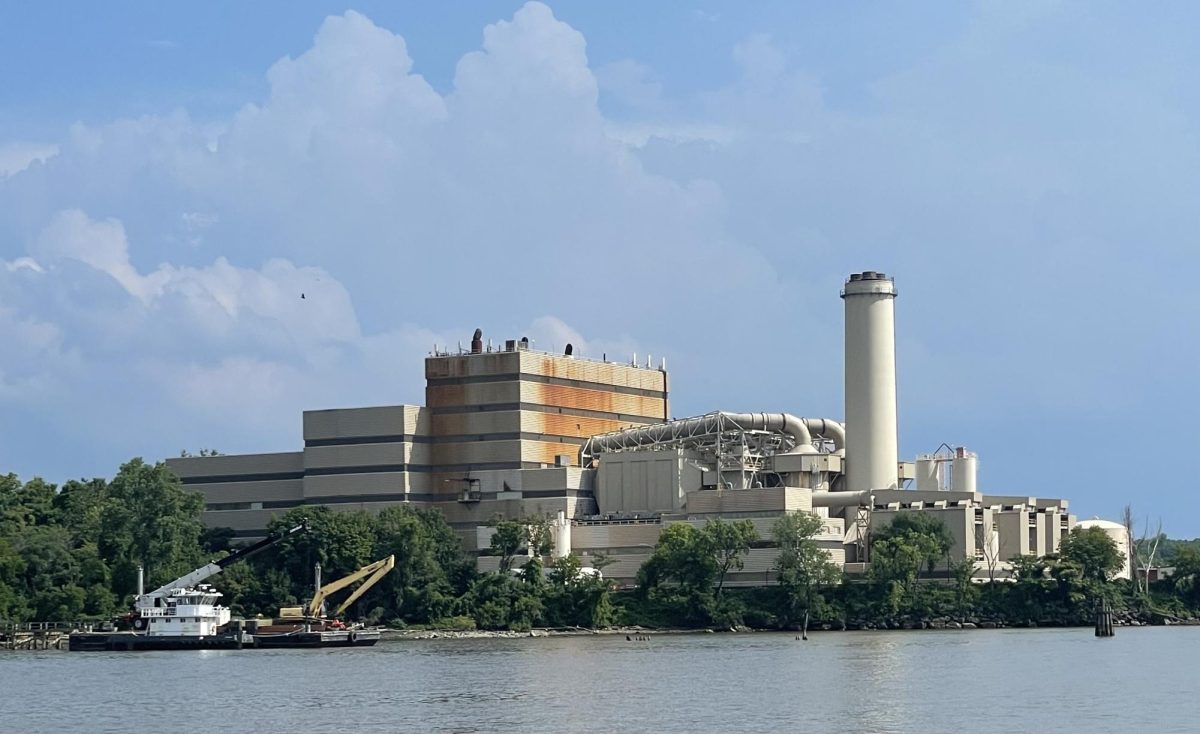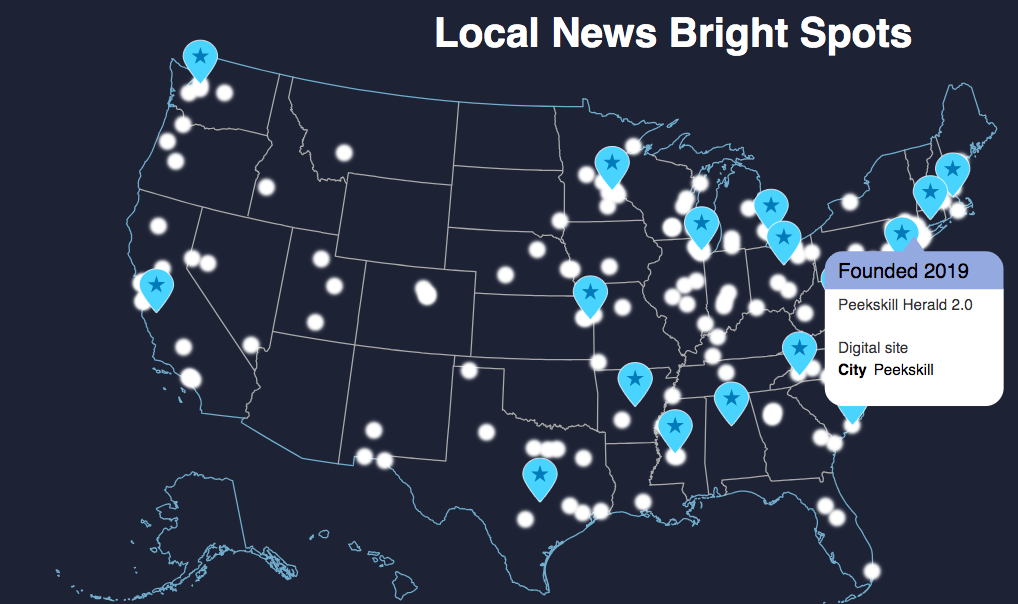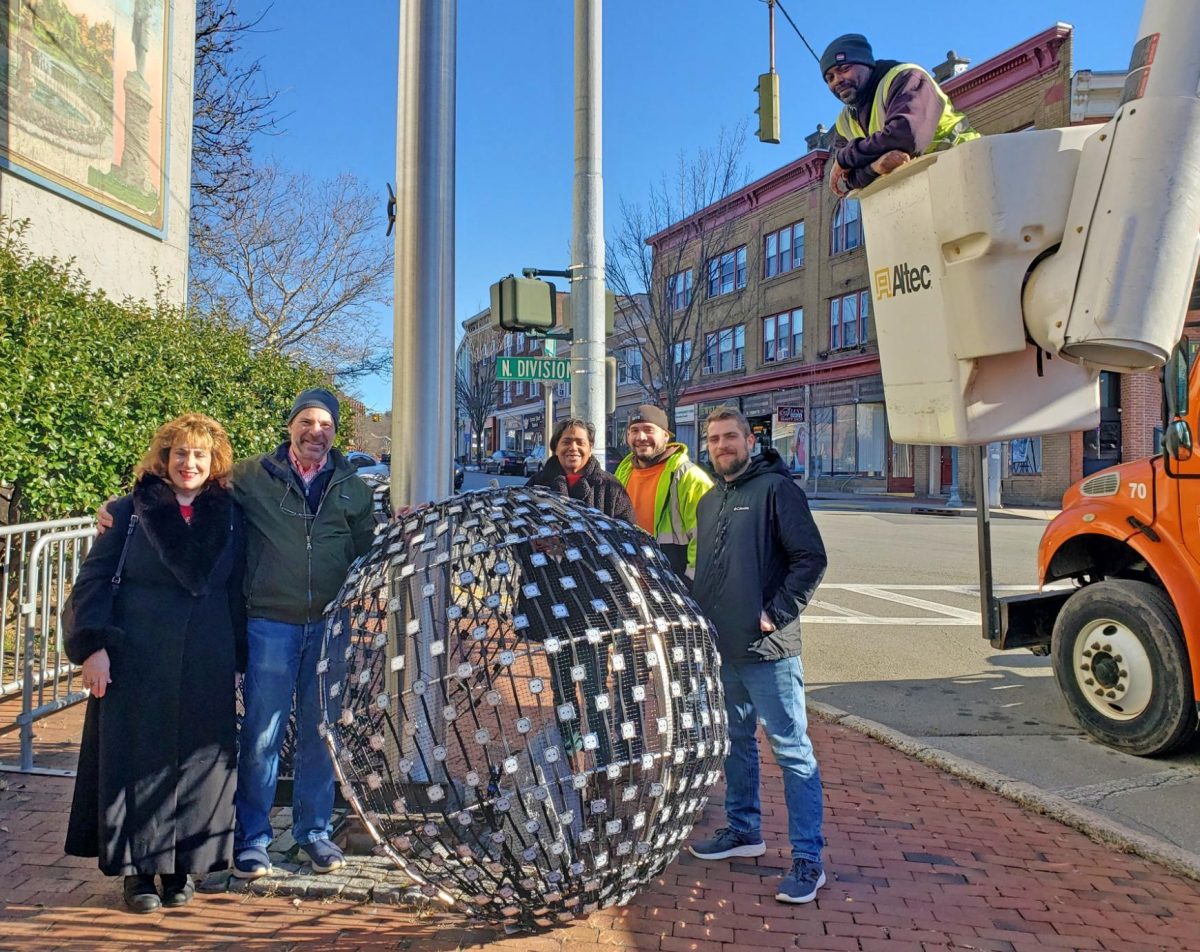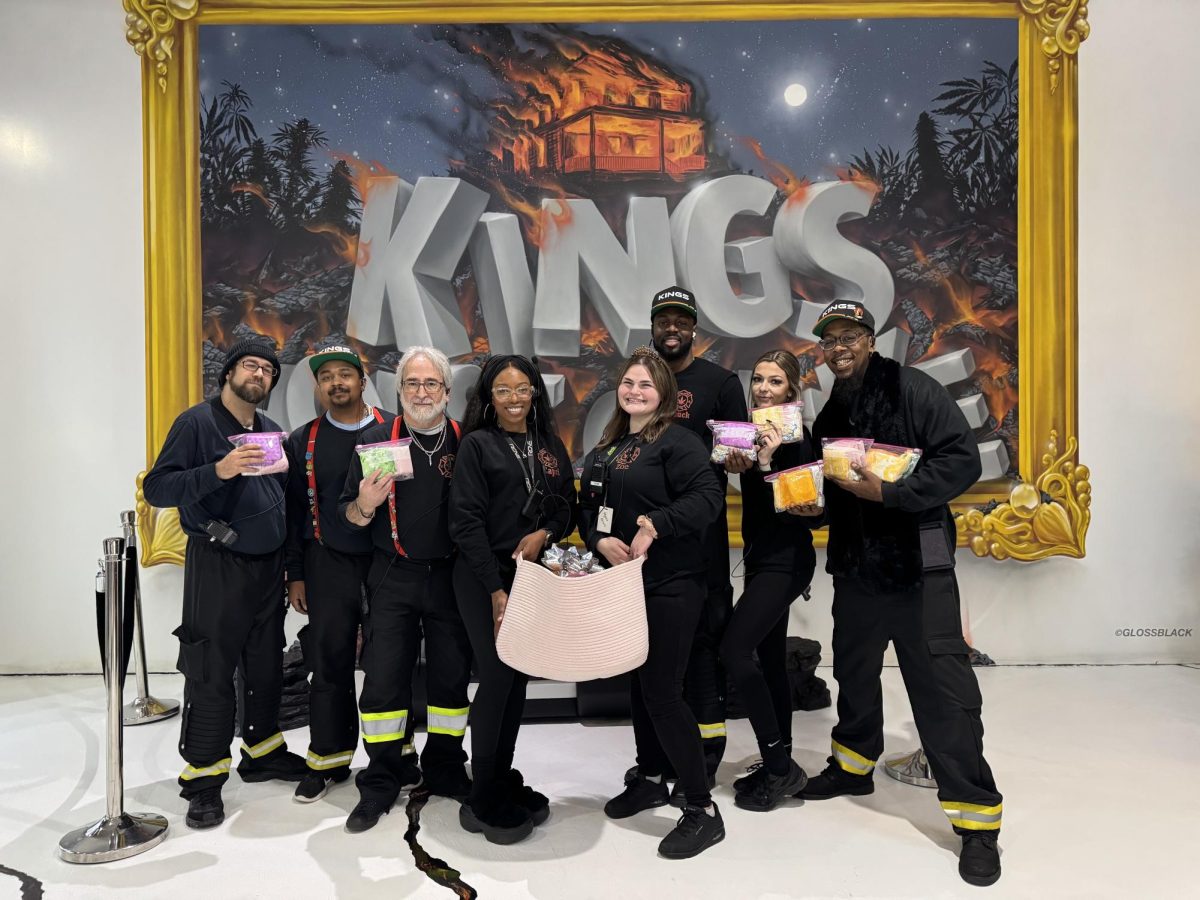The Westchester Alliance for Sustainable Solutions (WASS) in Westchester County is currently engaged in a campaign to shut down the Wheelabrator Westchester (“Wheelabrator”) Waste-to-Energy (WTE) facility in Peekskill, which combusts the county’s municipal solid waste (MSW). A summary of some of the complaints, with responses by Wheelabrator, was published in March 2023.
Environmental groups oppose incineration of MSW “because of its adverse environmental and health effects and the destruction of materials that could be conserved while saving energy through other management methods.” But shutting down the currently operating WTE facility will also have environmental consequences. Let’s take a closer look at the issues.
Arguments for closure.
- Wheelabrator emits large amounts of greenhouse gases and pollutants. CO2e emissions for Wheelabrator for years 2017 to 2021 are shown in Table 1 (source: EPA Facility Level GHG Emissions Data)
Table 1. Emissions for Wheelabrator Westchester 2017 to 2021
 |
| CO2e = carbon dioxide equivalents, a unit of measurement used to compare the impact of different greenhouse gases (GHGs) on the environment. CO2e provides a unified way to express the contribution of each GHG to climate change, i.e., it tells us the amount of CO2 needed to produce the same amount of warming that other GHGs create.
GWP = Global Warming Potential, which allows comparisons of the global warming impacts of different gases. Biogenic CO2e emissions are defined as CO2 emissions related to the natural carbon cycle, as well as those resulting from the harvest, combustion, digestion, fermentation, decomposition, or processing of biologically based materials. |
- The facility is 39 years old. The average retirement age of a WTE plant like Wheelabrator is estimated to be 23-27 years.
- The coal ash resulting from the combustion process is taken to a landfill in Connecticut which is located near wetlands and the Quinebaug River.
- A February 2017 report from NY State Department of Health compared Peekskill to surrounding communities and reported high rates of asthma in Peekskill, respiratory cancers, death due to cardiovascular disease and high incidents of low birth weight.
Response to arguments for closure
- Yes, Wheelabrator does produce a lot of CO2e emissions. But the facility also makes positive contributions to the economy. And over the past 5 years its emissions have decreased by 12.5% (as shown in Table 1 above). This decrease can be attributed in part to continual upgrades for air quality control that have been made to the facility (see next item).
- Although the facility is 39 years old, it is continually being upgraded with new technologies for controlling air quality. Since 2013 these improvements include devices to neutralize acid gases such as sulfur dioxide and hydrogen chloride, filters that remove over 99.5% of particulate and trace metals, systems that enhance the control of mercury and trace organics, and systems that reduce nitrogen oxides. Wheelabrator’s emissions are well below the limits established by EPA, as shown in the following table for 2022. The useful life of a WTE plant is not necessarily determined by its age.
|
|
| Column 3 = EPA Limits for Existing (2009) Municipal Waste Combustors
Column 4 = Title V Air Permit Limits for WWLP NOx = Nitrous oxides PM=Particulate matter SO2=Sulphur dioxide HCl=Hydrogen chloride CO=Carbon monoxide Hg=Mercury Cd=Cadmium Pb=Lead |
- Wheelabrator Westchester is currently investigating alternate ways to dispose of the coal ash produced by the combustion process. Coal ash is widely used as an ingredient in hydraulic-cement concrete because it improves many desirable properties of concrete. Using coal ash to make concrete is one way to physically change the coal ash and encapsulate the toxic elements while creating a valuable material.
- The March 2023 article says “A February 2017 report from NY State Department of Health … reported high rates of asthma in Peekskill, respiratory cancers, death due to cardiovascular disease and high incidents of low birth weight.” This statement needs clarification and context. Although the report was issued in February 2017, it covered the years 2010 to 2013.
In contrast to the February 2017 report, a Community Air Screening project in 2017 took air samples from 4 different areas in Peekskill: (1) Main St., (2) the Wastewater Treatment Facility, (3) Pipeline Metering and Regulating Station, and (4) Charles Pt. Park (i.e., the WTE facility). (So there is more than one source of pollution in Peekskill.) There were 28 different substances measured. With respect to the WTE facility the final report says, “The measured results for the air toxics from this short-term assessment would not be considered a potential health threat or an immediate public health concern”. A full report is available online.
We also note this observation from a study of five trash incinerator plants by the National Institute of Health: “Making a scientifically valid connection between operation of an incinerator and resulting disease within a population is a difficult undertaking, requiring the combined efforts of toxicologists, epidemiologists, chemists, physicians, and persons in other disciplines.” In other words, ascribing health problems in a community to emissions from a single site is not a straightforward matter, especially if the community has more than one source of pollution.
Contributions of Wheelabrator Westchester to the economy
- It reduces the amount of our MSW. In 2020, Wheelabrator Westchester combusted 659,116 tons of waste, resulting in 152,613 tons of toxic ash, about 23% of the waste tonnage.
- It generates electricity. By combusting MSW, it generates over 300 GWh of electricity annually. In 2020 it generated 369.9 GWh; it 2021 it generated 323.1 GWh. This is enough to power about 30,000 homes.
- Metals are recovered from the coal ash (12,000 tons in 2016).
- Beginning in 2013, the plant has piped steam directly to White Plains Linen, via a newly constructed steam line. White Plains is a 100,000 square foot commercial laundry facility adjacent to the plant and has converted its natural gas-fueled laundry equipment and room heating systems to steam. This enables the laundry to significantly reduce the amount of natural gas it uses to make steam and hot water, from 1 million therms per year to less than 90,000 therms per year. The reduction in natural gas usage will eliminate 4,775 metric tons of greenhouse gas emissions annually, according to Wheelabrator.
What are the consequences of closure?
The consequences of closure are:
- An alternate source of electricity will be needed;
- White Plains Linen will need another source of steam;
- Another method will be required to dispose of our municipal solid waste.
What are the alternatives for generating electricity?
In 2021 Wheelabrator Westchester generated 323.1 GWh of electricity. It is assumed that any replacement amount of electricity would come from renewables (solar, wind, hydropower). If Wheelabrator were closed, it would require, for example, roughly 610 acres of solar farms (an area about 3/4 the size of New York City’s Central Park) to generate 323.1 GWh of electricity annually.
What are the alternatives for supplying steam to White Plains Linen?
Since White Plains Linen has converted its laundry equipment and room heating systems to steam, ideally some other means would be employed to produce this steam. If no steam replacement was practical, the company would probably need to revert back to natural gas for its operations.
What are the alternatives for disposal of municipal solid waste?
The Technical Alternatives. Our research indicates that there are currently no feasible technical alternatives to replace Wheelabrator Westchester. Technologies such as hydrothermal carbonization of organics, plasma gasification, and pyrolosis are sometimes mentioned as possible replacements, but these technologies can also have harmful emissions, may not be practical at large scale, and may not yet be successfully commercialized. A brief survey of these technologies is available upon request from the author.
The Landfill Alternative. If Wheelabrator Westchester closes, the closest currently available option would be a landfill in Syracuse, which would entail a 495 mile round trip by 60 trucks every day. Transportation to the landfill would produce emissions: an empty garbage truck emits 3.5 kg of CO2 per mile. Sixty trucks driven over 495 miles a day for 365 days is 37,942 metric tons per year. Additionally there is the noise, dust and traffic disturbance that occurs when large numbers of garbage trucks are driven through communities on a daily basis. Further, the 383,302 tons of biogenic CO2e currently emitted by Wheelabrator (see Table 1 above) would now be emitted by the landfill.
Were the landfill in Syracuse to become unavailable, the next closest one would be in Pennsylvania.
The Recycling and Reduction Alternative. Increased recycling of paper, glass, and plastics and reduced use by consumers of single-use products are viable alternatives for disposing of municipal solid waste. Although the Material Recovery Facility in Yonkers processes about 90 percent of the residentially collected recyclable material in Westchester County and sells it to recycling operations, we are told that the market for recyclables has dried up, and many private haulers in Westchester County who collect from businesses and non-residential operations do not separate recyclables, instead sending all MSW to Wheelabrator. We must work to create a larger market for recyclables. Food scrap recycling programs that are being implemented in many municipalities are an important step in this effort.
Reduction efforts, especially of single-use plastics, are extremely important. A recently passed single-use foodware law in Westchester County restricts delis and restaurants to providing individual plastic foodware packages only upon request. Delis and restaurants also need to make use of returnable reusable containers for takeout food; new regulations that enable customers to bring their own containers for takeout are essential. Individuals can help by reducing their daily use of single use plastics, such as cutlery, cups, lids, straws, bags, and beverage bottles (including single use water bottles).
Less plastic packaging would also go a long way in reducing the amount of waste we generate. Buying food in bulk or avoiding items with a lot of disposable packaging are strategies that we as individuals can follow. We must also work to get companies to reduce their use of plastic packaging; paper-padded envelope mailers and cardboard boxes, for example, are accepted by most curbside recycling programs, while bubble-lined paper mailers and plastic bags are not.
Conclusions
The solution for disposing of municipal solid waste is not simple. At the present time we see recycling and reduction, while not a complete replacement for the WTE facility, as the best actions to take. As individuals each of us must focus on reducing, reusing, and recycling, while also using every possible means — messaging, lawsuits, protests, all types of media — to persuade institutions and governments to do the same.
Sources
- WASS Wishes Wheelabrator Was Out of Business – River Journal Online – News for Tarrytown, Sleepy Hollow, Irvington, Ossining, Briarcliff Manor, Croton-on-Hudson, Cortlandt and Peekskill
- EPA Facility Level GHG Emissions Data
- City of Peekskill Health Equity Report 2017 (ny.gov)
- Conversations with and emails from Commissioner Louis Vetrone of the Westchester County Department of Environmental Facilities (DEF), which is responsible for waste management in the county
- Wheelabrator Westchester Signs Steam Agreement With Commercial Laundry Operation – Waste Today (wastetodaymagazine.com)
- https://www.energyjustice.net/WheelabratorWestchester.pdf
- https://www.nyiso.com/documents/20142/2226333/2022-Gold-Book-Final-Public.pdf
- Health effects from hazardous waste incineration facilities: five case studies – PubMed (nih.gov)
Laura Burkhardt is a retired software engineer currently living in Sleepy Hollow and is a supporter of several environmental groups. The intent of this article is to convey that dealing with our waste is not a simple issue and shutting down Wheelabrator is not a slam-dunk solution.The opinions expressed here are solely those of the author and are not necessarily endorsed by any organization.













